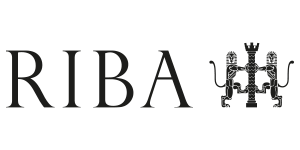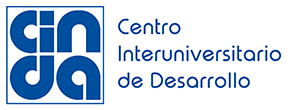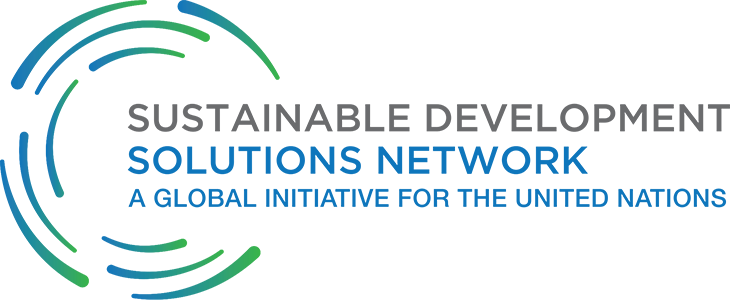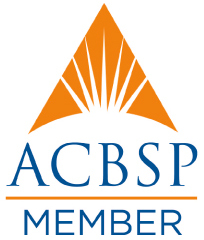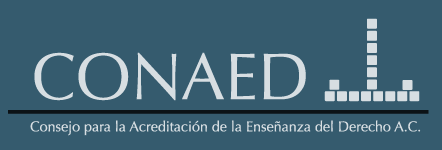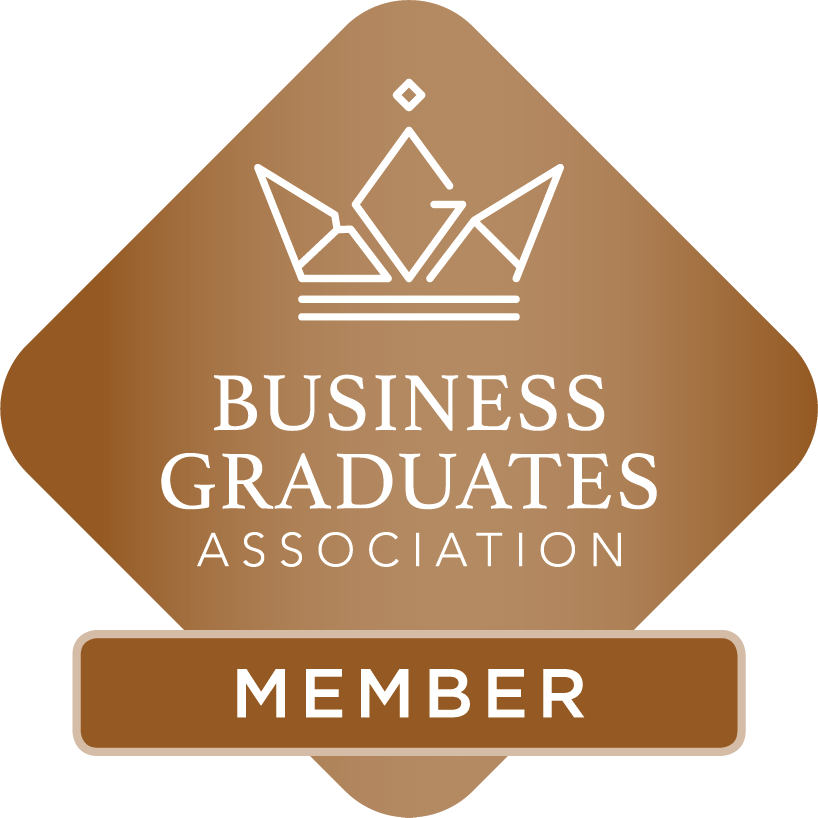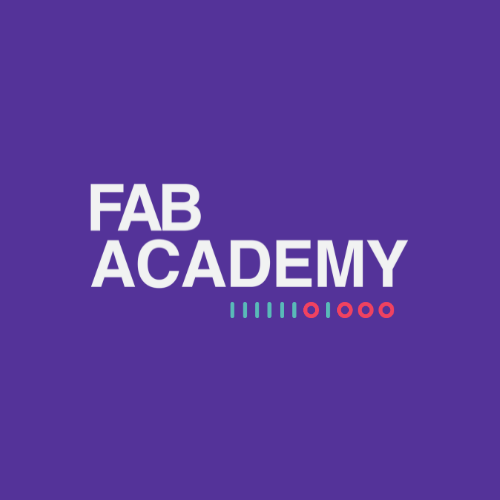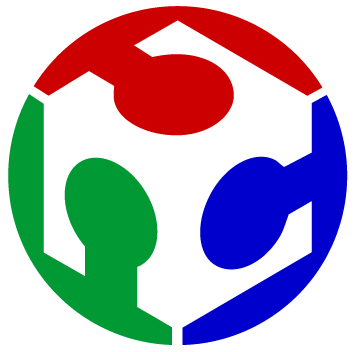Educational Infrastructure
The Faculty of Communication mainly carries out its activities in two five-story buildings (E and E-1) with one basement each. Both have properly equipped classrooms for teaching classes: a PC, video projector, sound amplifier, air conditioning, sun protection curtains and room darkening curtains for video projections. This infrastructure is modern and updated on a regular basis according to market demands but especially to technical development.
The communication world requires professionals who stay at the forefront of the changes; therefore, Universidad de Lima offers a demanding education and a unique educational infrastructure in the country detailed below:
Television studios
Television studios
The Faculty of Communication has three television studios for indoor recordings. Television Studio I and III have analog and digital technology in Dvcam and D-9 formats. Television Studio II has full HD digital technology and uses DVCPRO-HD recording format and HD solid state storage devices. It has three HD digital television cameras; HD digital switcher, video monitors, frame synchronizer and routers; waveform monitors and a vectorscope used with computer monitors; video and playback recorders in different formats; and a character generator.
It also has analog to digital converters and vice versa so that any analog format may be used for recording and reproduction purposes.
It has wired and wireless microphones, mixer and sound reproduction units such as CD and cassette player.
It also has a lighting system with different types of lighting reflectors, as well as a computerized lighting board that may control up to 48 independent lighting points of 4KW each.
Sound booths
Sound booths
The Faculty has four sound booths that allow students to make exercises of postproduction, live broadcasts, music recording and interviews as part of the different courses. Said booths have digital audio recording equipment and software in line with professional market standards such as Pro-tools, Vegas and Sound Forge. For field work, the Faculty has fifty-five digital recorders.
Non-linear editing system
Non-linear editing system
We have 14 HD non-linear edit bays and a HD post-production room to be used simultaneously by 4 students and a professor, which are equipped with a cutting-edge Macintosh platform, and use hardware for video and audio capture, and Final Cut and After Effects CS5 editing software. These systems may capture analog or digital video and audio through composite video, S-Video, Component, Fire Wire and SDI; are connected to a 16 TB server; and use analog and digital video and playback recorders in formats such as Betacam SP, D9, Mini DV, DVCAM, P-2 HD, AVC-HD and DVC-PRO HD.
Portable video system
Portable video system
We have 15 digital Handycam video recorders and 28 professional systems of portable analog, digital and HD video recording, camcorder type, in formats such as Betacam SP, D9, Mini DV, DVCAM, P-2, AVC-HD and DVCPRO HD, with microphones of different features, professional tripods, dollies, cranes, steadycams and portable lighting systems.
TV mobile unit
TV mobile unit
We have an HD TV mobile unit equipped with 3 HD video cameras, mixer, wired and wireless microphones, and hard disk recording.
Recording and performance environments
Recording and performance environments
We have 3 recording and performance environments that support the different faculty’s workshops.
Journalism, graphic design and animation area
Journalism, graphic design and animation area
Laboratories - Macintosh and PC
Students may practice digital animation, graphic and multimedia design in classrooms equipped with projectors, sound equipment and air conditioning. We have a classroom with 25 Lenovo Xeon Quad Core computers and color laser printers, and two classrooms with 21 Apple Mac Pro Quad-Core computers each, black-and-white and color network-connected printers, and a high-resolution scanner which complement the equipment for students’ learning.
We also have a classroom with air conditioning and projector, 11 Apple Macintosh G5 computers and an Apple Mac Pro Quad-Core computer, an A3 color laser printer and a high-resolution scanner, available to students, after classes, so that they may continue their learning and complete their academic works.
Journalism Workshop
Students are trained in a simulated newsroom throughout their career. A classroom with 24 Lenovo ThinkCentre M55e computers and Internet are students’ work tools. This training will be complemented with the learning and approach to be adopted by students throughout the career.
Photography area
Photography area
We have more than 130 digital cameras, 400 lenses and 80 flashes, as well as 12 compact digital cameras, 82 tripods with different features, 198 bags, 6 studio flashes, umbrellas, softboxes, stands, light meters, photo tables, studio backgrounds, studio background stands and accessories for lighting works in studios, located in a special area. These tools are available to students for their learning in the wide creative area of photography.
The Faculty of Communication also has 2 cutting-edge laboratories for digital photography. Each of them has 11 Intel Core i5 computers, 24” high resolution monitors, Adobe Photoshop and Lightroom latest versions, A3 photo quality printers and high resolution video projectors that allow our students to practice their photography skills.
Film area
Film area
The Faculty of Communication of the University of Lima is the only one in Peru that has professional film equipment such as 2K to 4K digital film camera (Red Scarlet-X), super 16mm camera (Arri 416), digital audio recorders, 16mm moviola, lightening equipment, camera dollies, cranes, and digital video and audio post-production devices.
Focus group room
Focus group room
It is a room used to measure market directly through group dynamics which allow us to obtain information on behavior and attitude of each person. This room is used by the students of the different faculty and school courses, and by the university offices’ staff.
The room infrastructure is divided into two parts: a lounge room that can host ten people comfortably seated, and an observation room isolated by a mirror-like glass. In this area, students and professors may observe the behavior of invited persons, and may also video and audio record the dynamics, since the room has a control remote video camera and hidden microphones.



